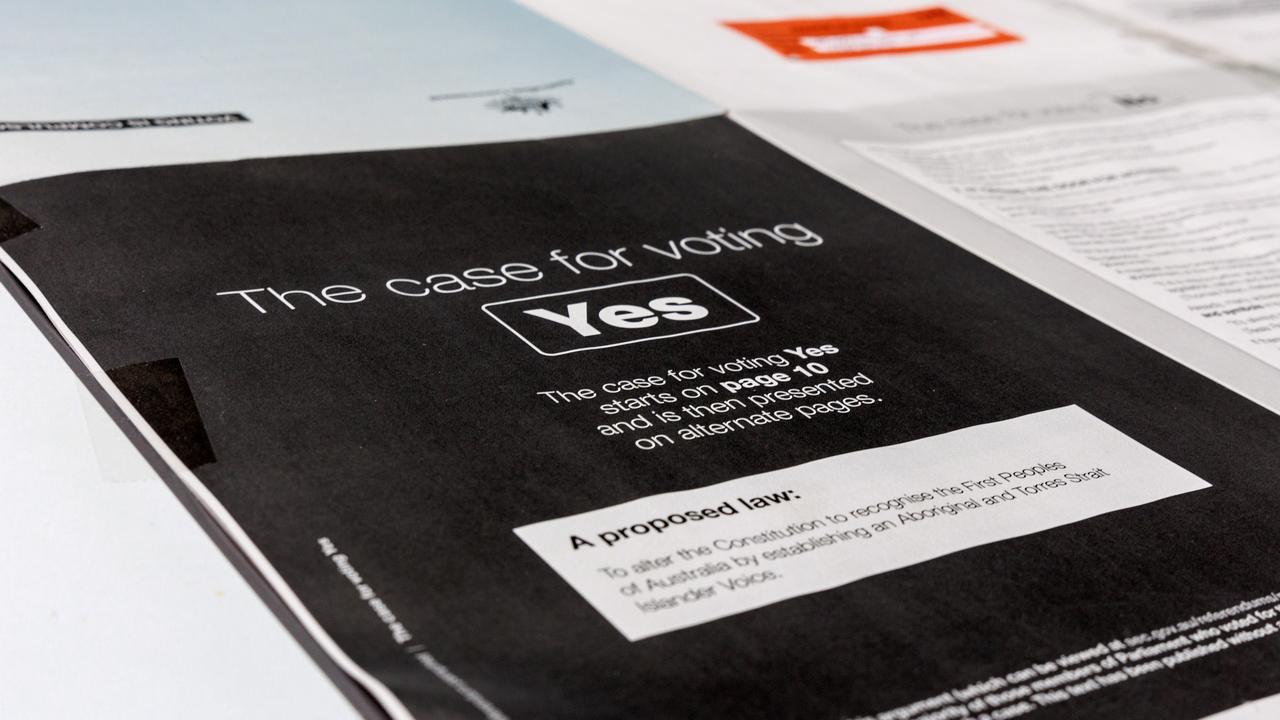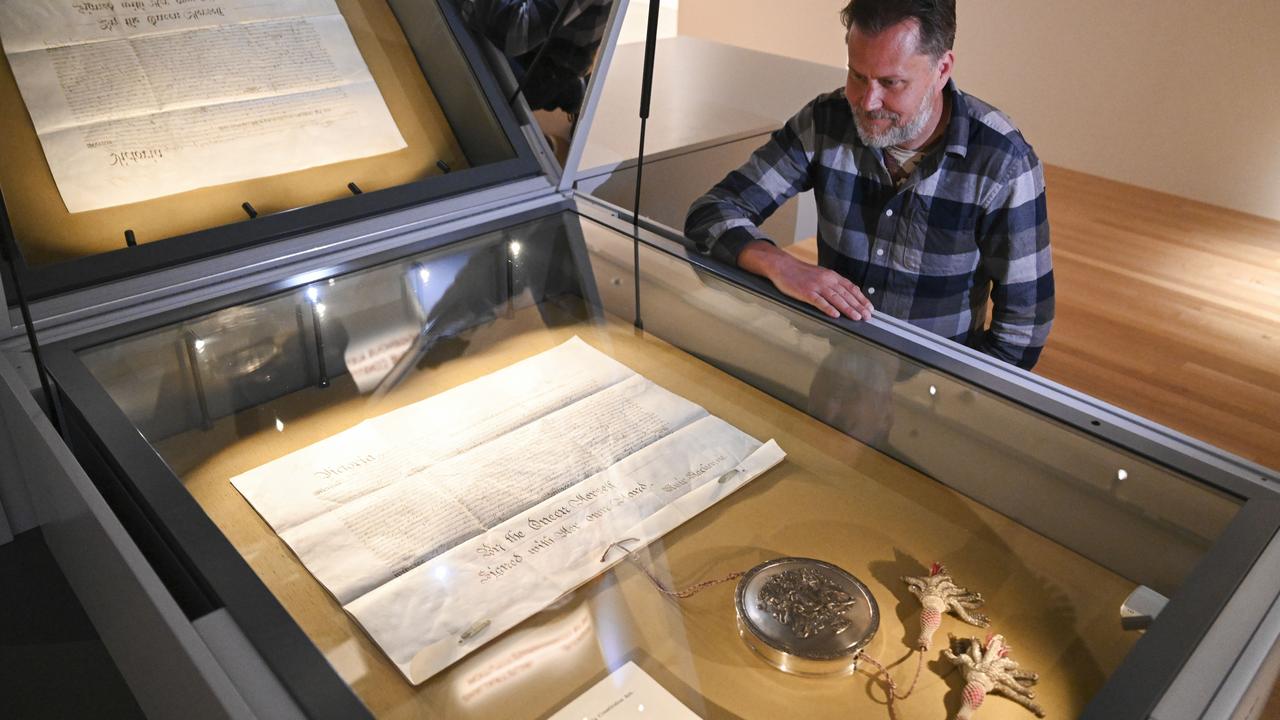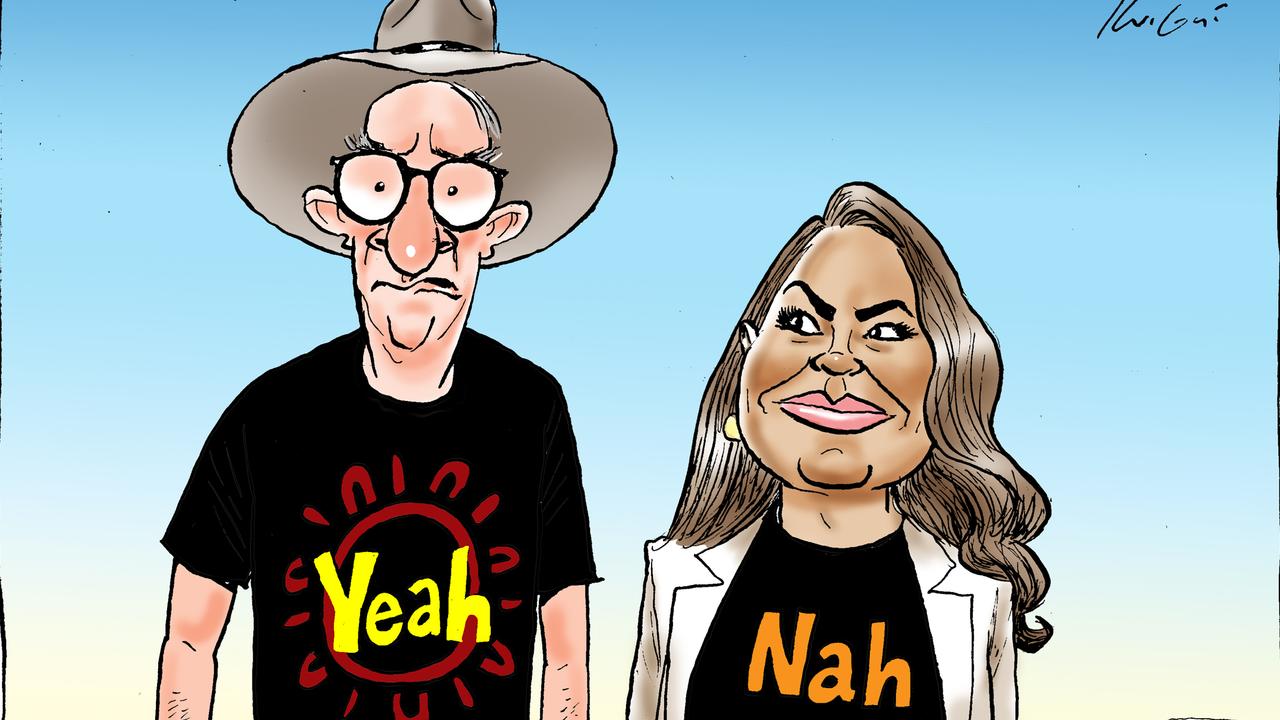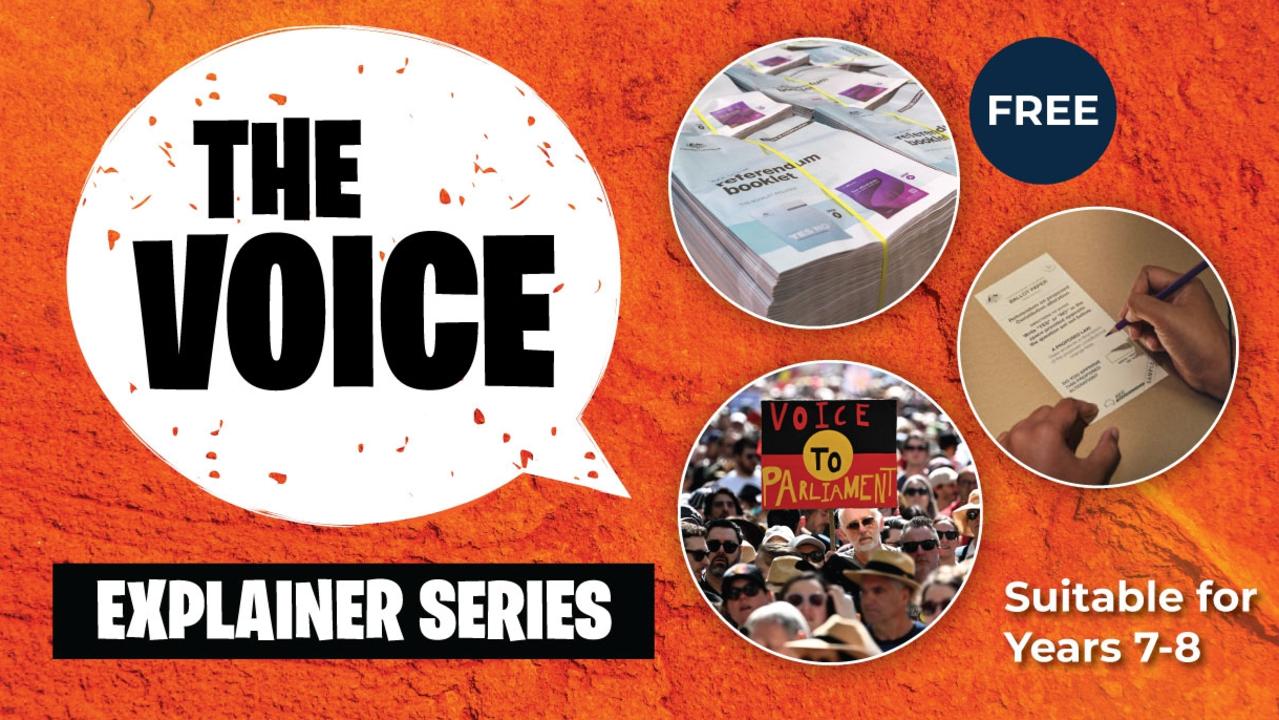The Voice referendum: understanding the case for Yes
PART 6: Yes campaigners say approving the Voice will provide unity, hope and make a positive difference to the lives of Aboriginal and Torres Strait Islander people

READING LEVEL: RED
On October 14, Australians adults will be required to vote in the Voice referendum*.
They will be asked to answer YES or NO to the following question:
“A proposed* law: to alter the Constitution to recognise the First Peoples of Australia by establishing an Aboriginal and Torres Strait Islander voice, do you approve of this proposed alteration*?”
Yes campaigners say approving the Voice to Parliament will provide unity, hope and make a positive difference to the lives of Aboriginal and Torres Straight Islander people.
It is being backed by a range of political, business and sporting groups.
Here, we look at some reasons why many in the Yes camp will vote in favour of the Voice.

1. To help Indigenous people have a better life
There is general agreement in the Voice debate that Aboriginal and Torres Strait Islander people face massive disadvantages in life.
They are more likely to face health challenges from birth and as they age; are more likely to experience poverty and unemployment, are less likely to complete school, are much more likely to wind up in prison, and they die younger.
There are many reasons for these gaps between Indigenous and non-Indigenous Australians, including poor access to health and education services, racial discrimination*, and the effects of past historical wrongs.
The Productivity Commission* maintains a “Closing the Gap” dashboard on our efforts to help Indigenous Australians and while some measures are slowly improving, others are going backwards. Supporters say the Voice will lead to better outcomes for First Nations people.

2. It only offers advice
The Federal Government and the Parliament seek advice on all sorts of things to help them make the right decisions.
The Voice would be a way for Aboriginal and Torres Strait Islander people to advise the parliament on issues that affect them. It will not deliver services of its own, and it will not have the power to change or block legislation*. The parliament and the executive government* will retain the power to make its own decisions.
3. It’s permanent
Adding the Voice to our Constitution, rather than passing a new law, means a future government cannot abolish* it. While the size, structure and functions could be amended by future parliaments, the existence of the Voice itself could only be decided by a future referendum vote.

4. It could help our international reputation
The Yes camp believes recognising First Nation peoples in our Constitution and establishing a Voice could help change any perceptions overseas that Australia is a racist* country.
A Lowy Institute Poll from earlier this year found Australians believe the Voice would either enhance our reputation internationally (47 per cent), or make no difference (44 per cent). Just 8 per cent of respondents said they believed the Voice would damage our global reputation.
5. It might save us money
While no budget has been set for the Voice, there will be high costs. The referendum alone will cost $364.6 million and we will need to pay for the representatives, administrative staff, possibly a stand-alone building.
But if the Voice succeeds in Closing the Gap, there is a strong belief it will save taxpayer money with a healthier, more educated, more prosperous Indigenous community benefiting the economy.

6. It will give Indigenous Australians a fair go
While not all Indigenous Australians want a Voice to Parliament, two different polls show 80-83 per cent are in favour.
The request for a Voice to Parliament arose from the First Nations National Constitutional Convention in May 2017 but First Nations people have been asking for a fair say on the policies that shape their lives for almost 100 years.
Linda Burney, the Minister for Indigenous Australians, put it plainly when she addressed the National Press Club in July.
“The idea of constitutional recognition through a Voice is what Aboriginal and Torres Strait Islander people themselves have asked for, not the government,” she said.
“For too long governments have made policies for Indigenous Australians, not with Indigenous Australians. We need the Voice to change that.”
Please note this is an explainer series - curriculum-aligned classroom activities written by our teachers appear below; there is no separate workbook as in a Kids News Education Kit.

POLL
GLOSSARY
- referendum: a national vote on a question about a proposed change to the Constitution
- proposed: to put forward as a plan
- alteration: change
- racial discrimination: when a person is treated less favourably, or not given the same opportunities, as others in a similar situation because of their race
- The Productivity Commission: the Australian Government’s independent research and advisory body on a range of economic, social and environmental issues
- legislation: law made by government
- executive government: the branch of government that puts government laws and programs into place
- abolish: remove
- perceptions: the way in which something is regarded, understood, or interpreted
EXTRA READING
The Voice: What is the Voice referendum
The Voice: About the Uluru Statement from the Heart
The Voice: Indigenous Australians’ history and culture
QUICK QUIZ
1. What disadvantages do Indigenous Australians face?
2. What is the “Closing the Gap’ program?
3. Why do Yes supporters want the Voice in the Constitution?
4. How many people believe the Voice will enhance Australia’s reputation globally?
5. How many First Nations people support the Voice to Parliament?
LISTEN TO THIS STORY
CLASSROOM ACTIVITIES
1. News: condensed
Identify the most important pieces of information in this article and write a condensed version of it using 100 words or less.
Draw a picture or diagram to support your condensed news story.
Time: allow 25 minutes to complete this activity
Curriculum Links: English, Indigenous Affairs, Civics.
2. Extension
Compare your condensed news story with a classmate. Did you both include the same information or are your stories quite different? Discuss your choices and then work together to create a final condensed version of the story that you both agree tells the important parts that a reader would need or want to know.
Time: allow 20 minutes to complete this activity
Curriculum Links: English
VCOP ACTIVITY
1. Grammar and VCOP
The glossary of terms helps you to understand and learn the ambitious vocabulary being used in the article. Can you use the words outlined in the glossary to create new sentences? Challenge yourself to include other VCOP (vocabulary, connectives, openers, and punctuation) elements in your sentence/s. Have another look through the article, can you find any other Wow Words not outlined in the glossary?

